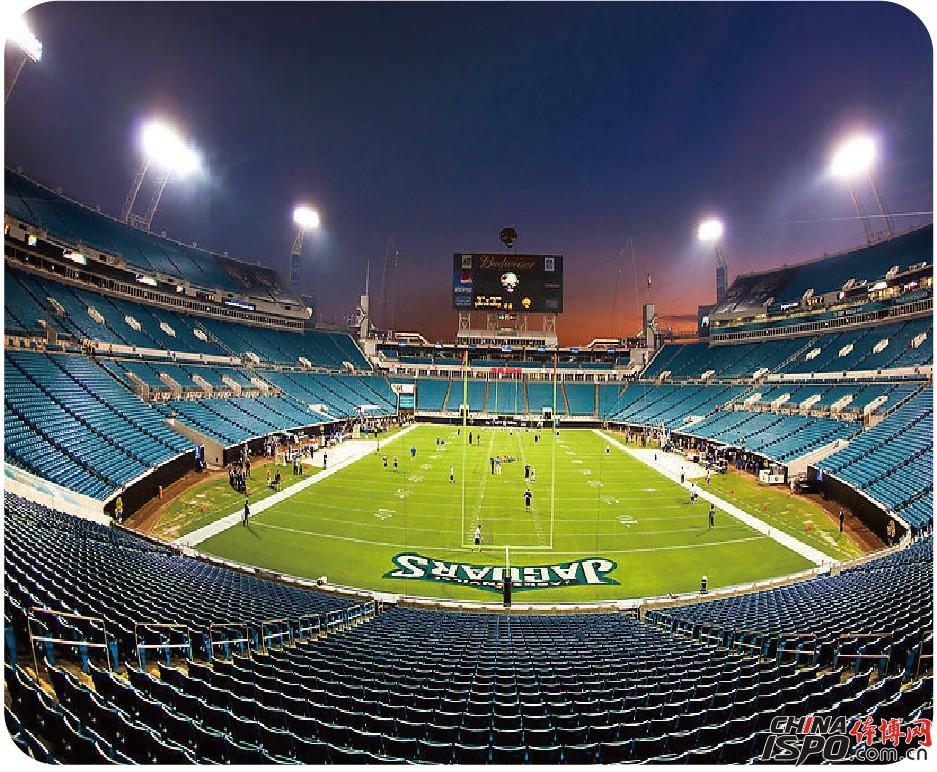
In recent years, the construction of stadiums and sports halls has become widespread across the country. Lighting plays a crucial role in these venues, but the quality of development and implementation varies significantly among different construction teams. In this article, I’ll share some key insights and practical solutions based on my experience in designing, installing, and commissioning stadium lighting systems.
One of the most common issues is irrational illuminance design. Most stadiums are designed for multiple purposes—ranging from sports events to cultural performances. This means that the lighting system must be flexible enough to accommodate various activities while maintaining high-quality illumination. It’s essential to tailor the lighting standards to the specific needs of each event, ensuring energy efficiency without compromising performance.
First, it's important to differentiate the illumination requirements based on the type of sport or activity. For example, football fields require higher illumination levels than basketball courts. Designers should follow national standards and avoid over-designing, as excessive brightness can lead to unnecessary energy consumption.
Second, lighting requirements vary within the same stadium. The playing field, spectator areas, and emergency exits all have different needs. Proper zoning and control systems help ensure that each area receives the right amount of light at the right time.
Third, integrating smart control systems like PLCs or intelligent lighting controls allows for greater flexibility. These systems can adjust brightness and color temperature based on the event, saving energy while maintaining optimal conditions.
Fourth, practical lighting settings are essential. For instance, not every stadium needs HDTV broadcast-level lighting unless it's hosting major international events. Adjusting lighting based on natural daylight or occupancy can significantly reduce energy use.
Another challenge is the improper setup of emergency power and lighting. In emergencies, reliable lighting is critical for safe evacuation. Emergency lighting should be independent of regular systems, with fast switching and sufficient brightness to guide people to safety. Using reliable power sources such as batteries ensures continuity during outages.
Gas discharge lamps are commonly used in stadiums due to their high efficiency and good color rendering. However, improper installation, such as using low-power factor ballasts or incorrect wiring, can cause inefficiencies or even safety hazards. Correct distribution and proper compensation for reactive power are essential for stable operation.
Special distribution devices also play a vital role. Stadium lighting often involves single-phase loads, requiring careful planning to prevent disruptions. Separate transformers, individual protection for fixtures, and strict voltage limits in wet areas are necessary to ensure safety and reliability.
Finally, lamp stability is an important consideration. In areas with high vibration or at elevated heights, special mounting and anti-vibration measures are needed to prevent damage or falls. Lightweight, aerodynamic designs and secure locking mechanisms help protect both the equipment and the people below.
Stadium lighting reflects the development and image of a city. A well-designed, safe, and efficient lighting system supports both competitive and recreational sports. At Seven Continents Stadium Lighting, we specialize in providing comprehensive solutions—from design to installation—ensuring your venue is well-lit, functional, and visually appealing. With years of experience, we deliver quality lighting that enhances the user experience and contributes to the overall quality of urban life.
Plastic Salad Container
Plastic Salad Container,Plastic Salad Trays,Salad Plastic Bowls,Plastic Salad Boxes
EVER GREEN(ZHEJIANG)NEW MATERIAL CO., LTD / KUNSHAN GREENPACK CO.,LTD , https://www.changjingpack.com

